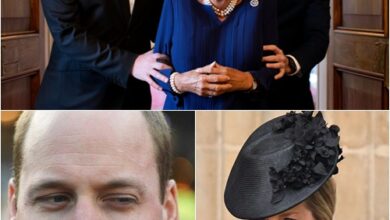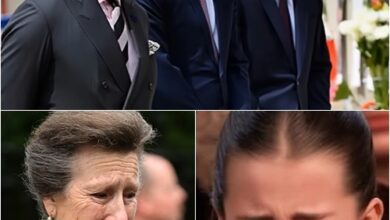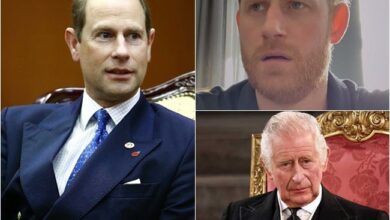RF. Princess Anne’s Emotional Moment Leaves King Charles in Tears Amid Royal Tension Rumours
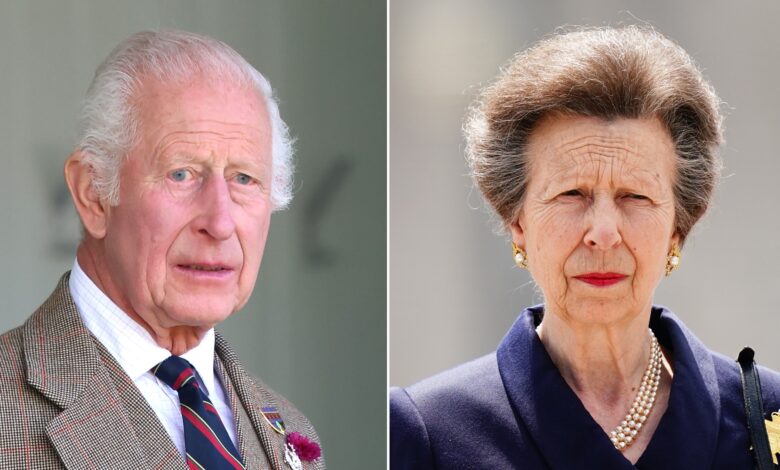
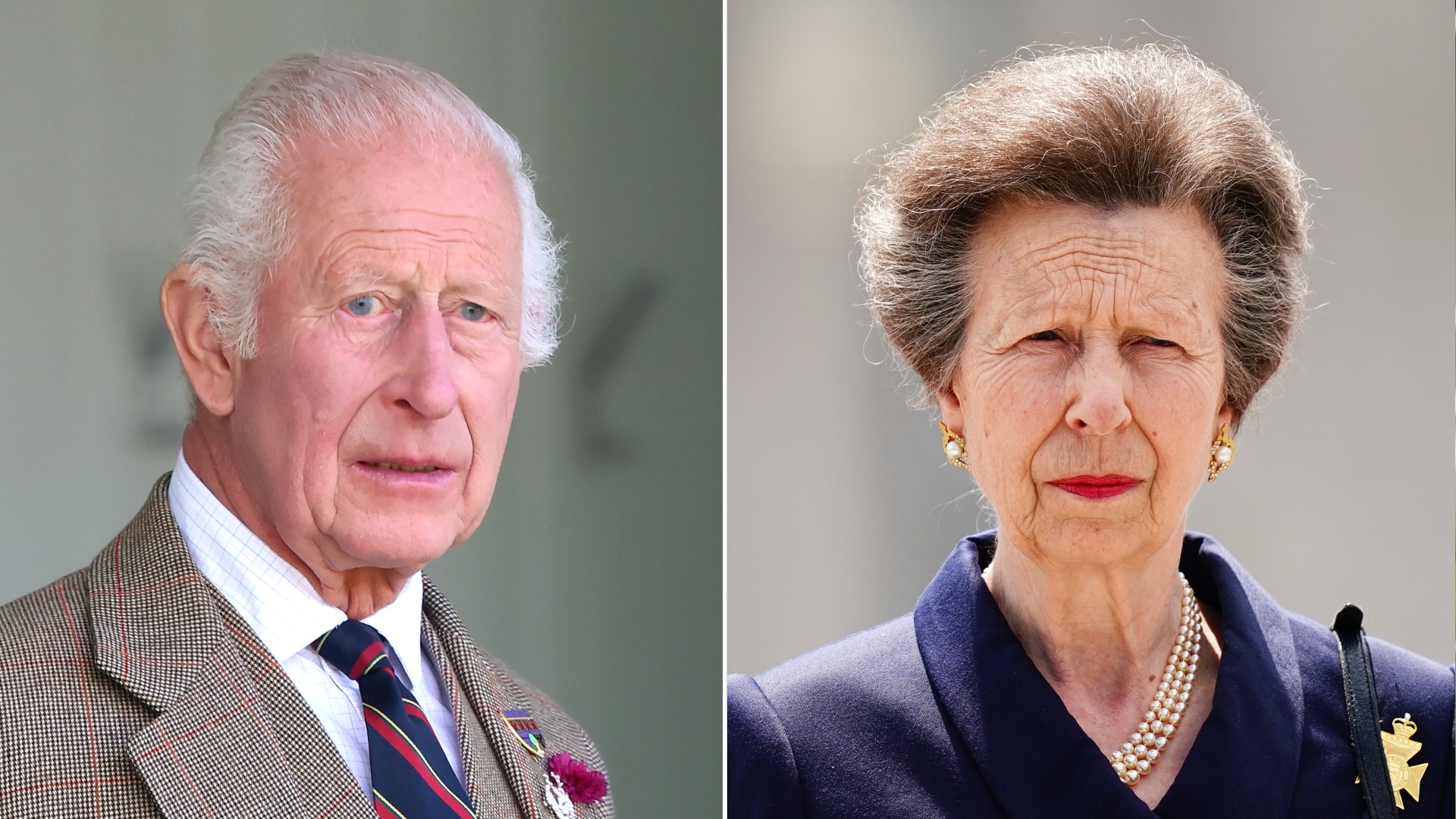
RF. Princess Anne’s Emotional Moment Leaves King Charles in Tears Amid Royal Tension Rumours
King Charles III and his younger sister, Princess Anne, the Princess Royal, share one of the closest and most enduring relationships within the British royal family. Born just over two years apart, the siblings have navigated decades of public duty, private challenges, and historical milestones together.
While their personalities and roles have differed, their shared upbringing and lifelong commitment to the Crown have fostered a deep mutual respect. Today, their relationship remains a cornerstone of stability in a modern monarchy undergoing change.
Childhood in the Public Eye
Charles was born on November 14, 1948, and Anne followed on August 15, 1950. As the first two children of Queen Elizabeth II and Prince Philip, Duke of Edinburgh, they grew up in an environment shaped by royal protocol and public attention.
With the Queen ascending the throne in 1952, both Charles and Anne spent much of their childhood under the care of royal staff due to their parents’ demanding schedules. According to official biographies published by The Royal Family’s website, the siblings were close during these early years, often engaging in outdoor activities together at royal estates such as Sandringham and Balmoral.
Gardening was among their shared pastimes, with both enjoying time spent in the grounds of royal residences. While specific anecdotes about childhood gardening projects are rarely documented officially, royal commentators have often noted the importance of these shared hobbies in strengthening family bonds.

Distinct Personalities, Shared Duty
From an early age, differences in temperament were apparent. Princess Anne developed a reputation for her straightforward, pragmatic nature, while Charles was seen as more contemplative and reflective.
These traits continued into adulthood. According to Court Circular records — the official log of royal engagements — Anne has consistently been one of the most active members of the royal family, often topping the annual list of public engagements. In 2024, for example, she reportedly undertook more than 470 official duties, far exceeding most other senior royals.
King Charles, by contrast, spent decades preparing for his future role as monarch, balancing ceremonial responsibilities with personal initiatives such as the Prince’s Trust, which he founded in 1976 to support young people in education, employment, and entrepreneurship.
Despite different approaches, both siblings have demonstrated an unwavering sense of duty and an ability to adapt to changing public expectations.
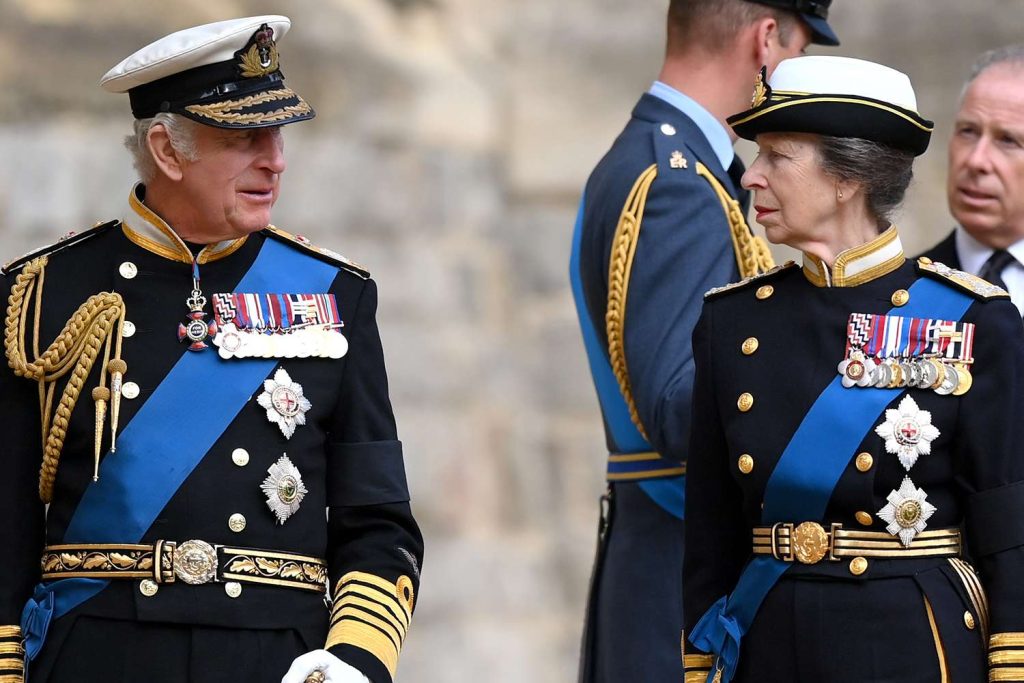
Public Support in Times of Transition
Princess Anne’s loyalty to her brother has been particularly visible during pivotal moments for the monarchy.
- Queen Elizabeth II’s Funeral (September 2022): Anne walked alongside Charles during the solemn funeral procession, a visible symbol of unity and shared responsibility.
- Accession of King Charles III: Shortly after becoming king, Charles appointed Anne as one of his Counsellors of State, empowering her to act on his behalf when necessary.
- Support During King’s Illness: In 2024, following King Charles’s cancer diagnosis, Anne took on additional public duties, helping to maintain the royal schedule and ensure continuity of engagements.
These instances highlight not only her personal commitment but also her understanding of the demands of the role her brother now occupies.
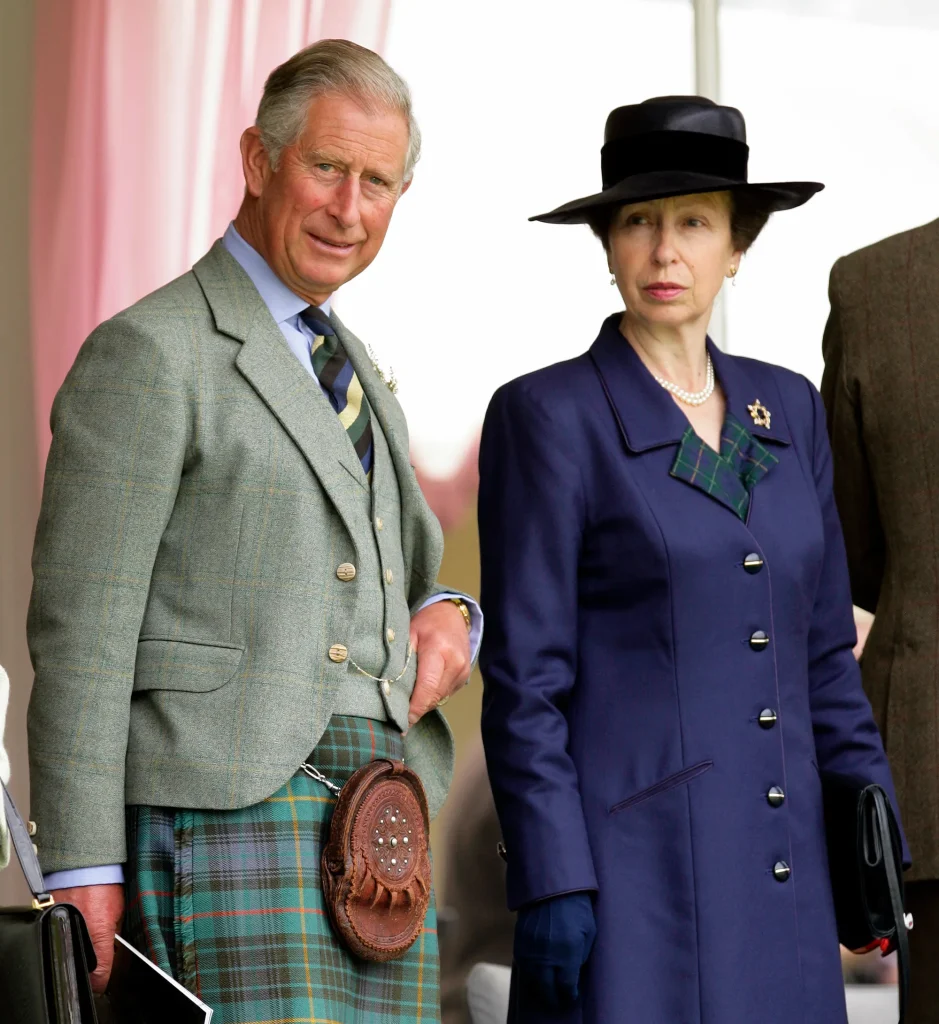
Humor and Warmth Behind the Formality
While public appearances often emphasize duty and tradition, the relationship between King Charles and Princess Anne is also marked by humor and informal affection.
The Princess Royal has been known to use lighthearted nicknames for her brother, and the pair have occasionally shared playful exchanges in public. Royal watchers often point to these moments as evidence of a sibling bond that has endured beyond formal obligations.
Their ability to balance official formality with genuine familial warmth sets them apart in an institution where protocol can sometimes overshadow personal connection.
Navigating Personal Histories
Both siblings have experienced complex personal lives under intense media scrutiny. Princess Anne married Captain Mark Phillips in 1973, later divorcing in 1992, before marrying Vice Admiral Sir Timothy Laurence later that same year. King Charles’s marriage to Camilla, Queen Consort in 2005 followed his earlier marriage to Diana, Princess of Wales, which ended in divorce in 1996.
While their individual paths have differed, both have demonstrated resilience in balancing private challenges with public responsibility. Their continued collaboration on royal duties reflects a shared understanding of the pressures unique to their positions.
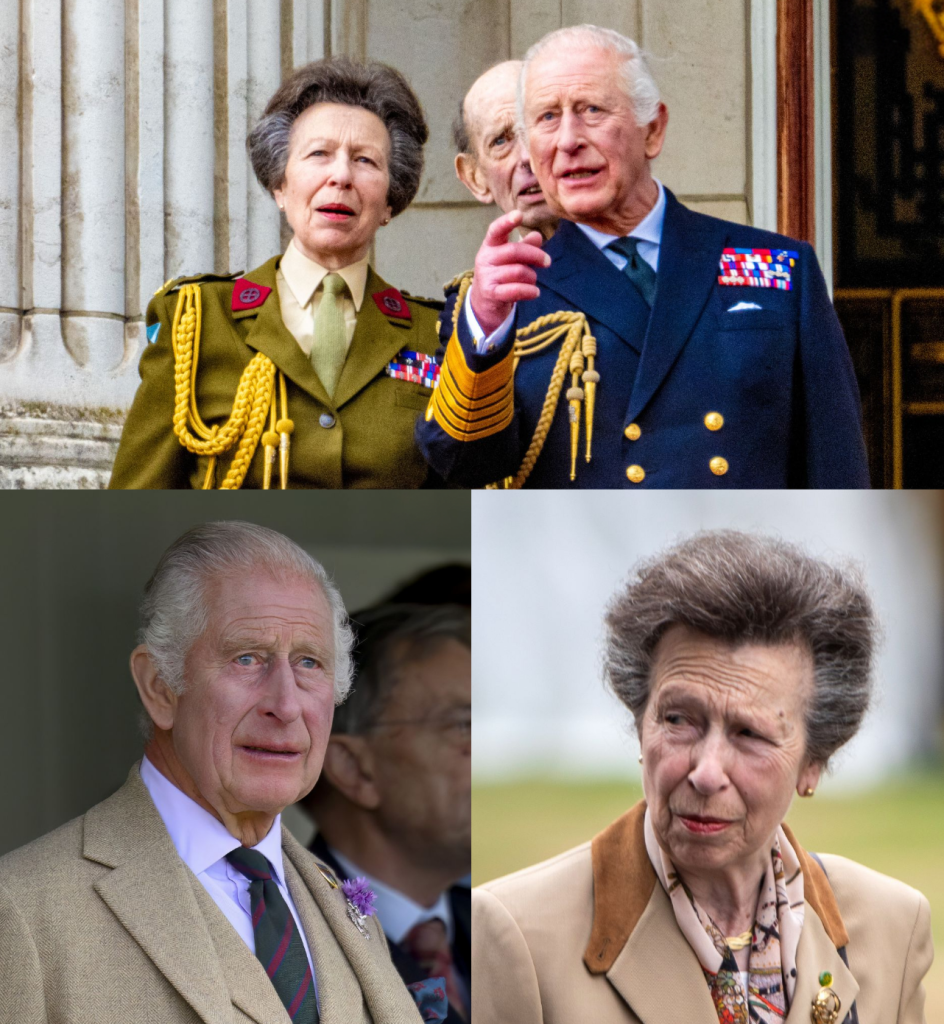
Princess Anne’s Distinct Role in the Monarchy
Princess Anne has carved out her own legacy as one of the hardest-working members of the royal family. She has served as patron or president of over 300 charities, organizations, and military regiments, including the Save the Children Fund, which she has supported since 1970.
Her work frequently takes her abroad; she regularly represents the UK at state events, international conferences, and charity visits. This dedication has earned her respect across political, cultural, and social spheres, as well as within the armed forces, where she holds multiple honorary military appointments.

King Charles III’s Vision for a Modern Monarchy
Since ascending the throne, King Charles has expressed a desire for a “slimmed-down” monarchy, focusing on a smaller group of core working royals. While this has led to speculation about the future roles of extended family members, Princess Anne’s position as a senior working royal remains secure due to her workload, experience, and public standing.
Her presence provides continuity during a time of generational transition, particularly as the Prince and Princess of Wales take on more prominent responsibilities.
Mutual Respect and the Future
The professional and personal relationship between King Charles and Princess Anne is underpinned by decades of shared history. They have weathered periods of public criticism, navigated changing societal expectations, and supported one another through moments of personal and national significance.
Looking ahead, it is expected that Princess Anne will continue to play a vital role in supporting her brother’s reign. Her commitment to public service, combined with her deep understanding of royal protocol, makes her an invaluable asset to the monarchy.
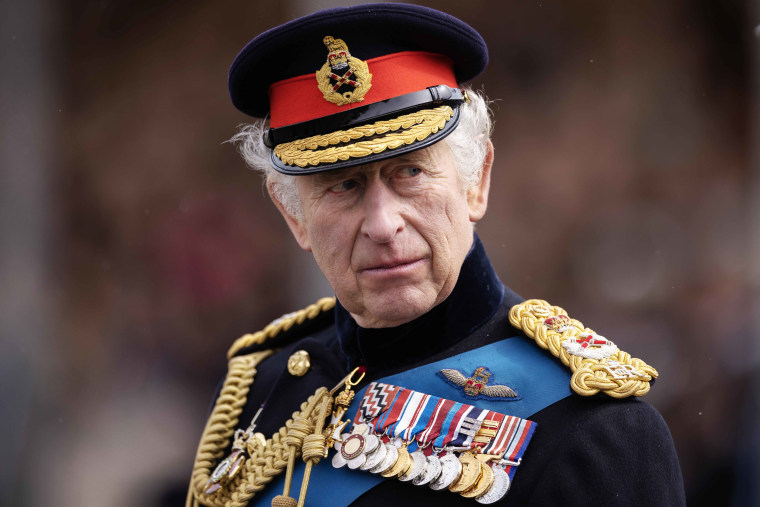
Conclusion
The story of King Charles III and Princess Anne is one of family loyalty, shared duty, and enduring respect. While their approaches to royal life differ, their unity in service to the Crown remains unshakable.
From their early years in the royal nursery to their current roles at the heart of the monarchy, the siblings’ relationship reflects the best of royal tradition: a balance of steadfast responsibility and genuine human connection.
As the British monarchy continues to evolve, the bond between the King and the Princess Royal stands as a reminder that behind the titles and ceremonies lies a family bound together by history, service, and shared purpose.
Verified Sources:
- The Royal Family Official Website – Biographies of King Charles III and Princess Anne
- Court Circular – Official record of royal engagements
- BBC News – Coverage of royal events and appointments
- Save the Children UK – Princess Anne’s patronage

